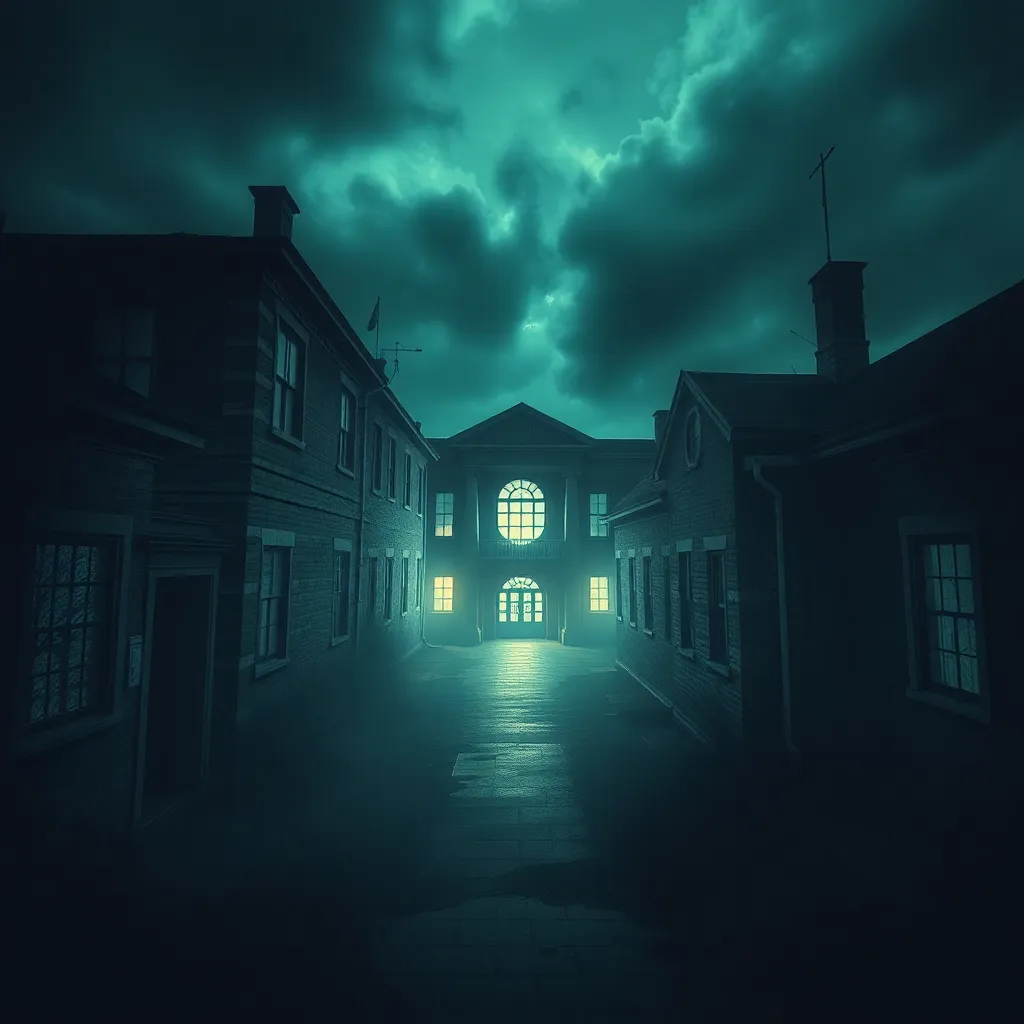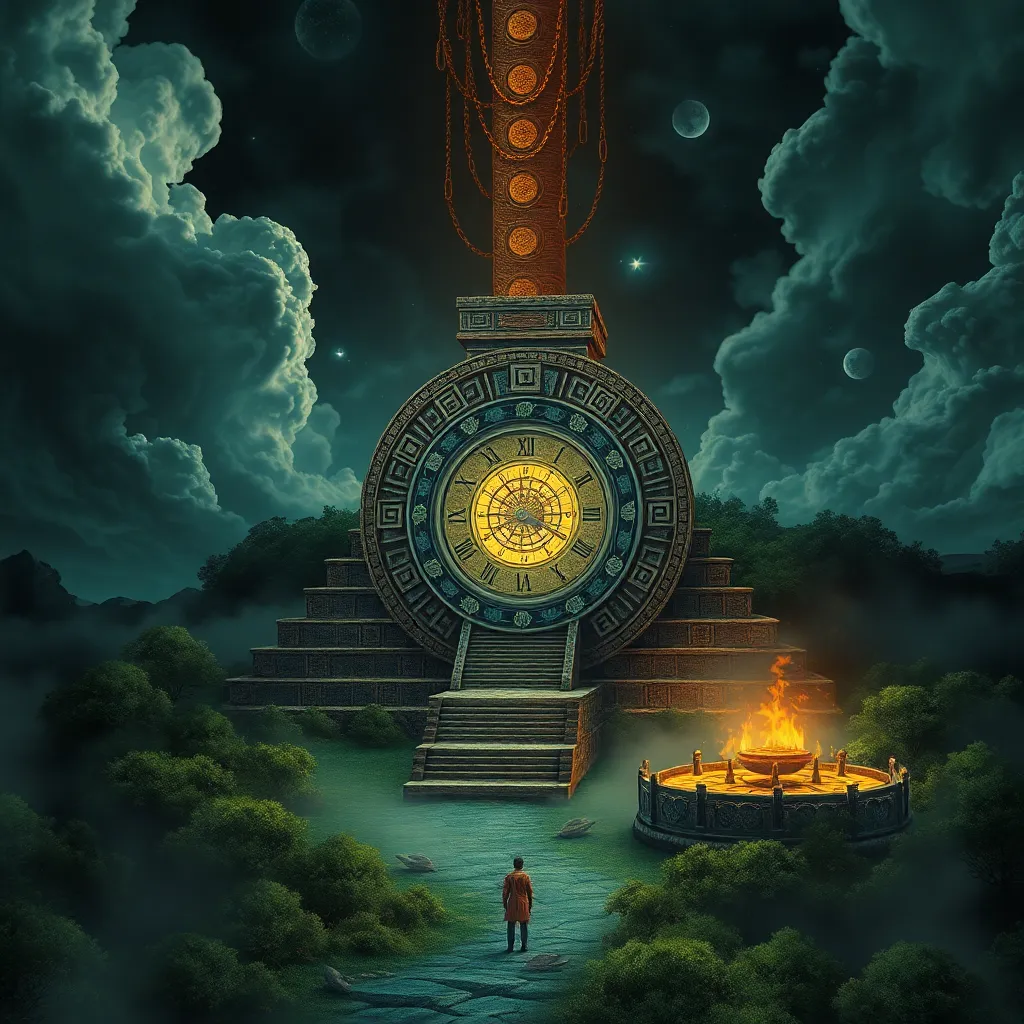The Ghosts of the Haunted Hospitals: Exploring the History and Legends
I. Introduction
Haunted hospitals have long captured the imagination of both the living and the dead. These institutions, once sanctuaries for healing, have transformed into sites of eerie tales and ghostly encounters. From whispers in the hallways to shadowy figures lurking in corners, the legends surrounding haunted hospitals are as captivating as they are chilling.
Exploring the history and legends of these locations is not just about uncovering ghost stories; it is about understanding the cultural significance of hospitals and the experiences that shape them. This article seeks to delve into the history of hospitals, the legends that surround them, and the personal accounts that bring these tales to life.
II. The Historical Context of Hospitals
A. Origins of hospitals and their evolution over time
The concept of hospitals dates back to ancient civilizations where the sick and injured were cared for in temples and homes. Over the centuries, hospitals evolved from simple caring spaces into complex medical facilities, reflecting societal changes and advancements in healthcare.
B. Cultural significance of hospitals in society
Hospitals have historically played a crucial role in communities, offering not only medical care but also a sense of hope and healing. They often symbolize the fragility of life and the fight against illness, making them significant sites in both historical and spiritual contexts.
C. Notable historical events associated with hospitals
- The establishment of the first hospitals in ancient Greece and Rome.
- World War I and II, where hospitals became crucial for treating the wounded.
- The emergence of modern psychiatric hospitals in the 19th century.
III. The Legend of Haunted Hospitals
A. Common themes in hospital ghost stories
Many ghost stories associated with hospitals share similar themes, such as:
- Restless spirits of former patients.
- Reports of medical staff appearing after their death.
- Unexplained noises and movements in empty wards.
B. Psychological factors contributing to ghost sightings
Psychological factors may play a significant role in ghost sightings within hospitals. The stress and fear associated with illness can heighten the senses and lead to misinterpretations of ordinary events as supernatural occurrences. Furthermore, the mind’s tendency to create narratives around unexplained phenomena can contribute to the perception of hauntings.
C. The role of folklore in shaping hospital legends
Folklore often shapes our understanding of haunted hospitals. Stories passed down through generations can amplify the eerie reputation of a location, making it an infamous site for ghost hunters and the curious alike.
IV. Famous Haunted Hospitals Around the World
A. Overview of well-known haunted hospitals
Numerous hospitals across the globe are reputed to be haunted. Some of the most notorious include:
- Waverly Hills Sanatorium, Kentucky, USA
- St. Thomas’ Hospital, London, UK
- The old Royal Perth Hospital, Australia
B. Notable ghost stories and sightings from each location
Each of these hospitals has its own unique ghost stories:
- Waverly Hills Sanatorium is famous for its reports of shadow people and the spirits of former tuberculosis patients.
- St. Thomas’ Hospital is said to be haunted by the ghost of a nurse who dedicated her life to helping patients.
- The old Royal Perth Hospital has numerous accounts of ghostly apparitions and strange sounds echoing through the corridors.
C. Historical events that may have contributed to their haunted reputation
The unsettling history of these hospitals, such as high mortality rates during epidemics or the mistreatment of patients, often contributes to their haunted reputation. These events leave an emotional imprint that, according to folklore, can lead to ghostly manifestations.
V. Investigating the Paranormal: Ghost Hunters and Researchers
A. Methods used in paranormal investigations of hospitals
Paranormal investigators utilize various methods to explore haunted hospitals, including:
- Electronic Voice Phenomena (EVP) recordings
- Infrared cameras and motion sensors
- Spirit boxes and EMF detectors
B. Notable ghost hunting teams and their findings
Teams like the Ghost Adventures crew and The Atlantic Paranormal Society have conducted investigations in several haunted hospitals, documenting their experiences and findings, which often include eerie sounds and unexplained phenomena.
C. Scientific approaches to studying hauntings
Some researchers take a scientific approach to studying hauntings, examining psychological, environmental, and physical factors that might explain paranormal experiences. This can include studying the effects of electromagnetic fields on the human brain or the role of infrasound in creating feelings of unease.
VI. The Intersection of Medicine and the Supernatural
A. The impact of trauma and death in hospitals on spirit activity
Hospitals are places where trauma and death are commonplace, leading many to believe that these experiences can leave behind a spiritual residue. This notion suggests that the emotional weight of such events may contribute to a heightened potential for ghostly activity.
B. Patient and staff experiences of hauntings
Many patients and staff members have reported experiences that they interpret as paranormal. These may range from feeling a sudden drop in temperature to witnessing apparitions. Such accounts often reflect the intense emotional experiences associated with illness and death.
C. Ethical considerations in discussing the supernatural in medical settings
While exploring the supernatural can be intriguing, it raises ethical questions. Medical professionals must navigate the delicate balance between respecting patients’ experiences and not encouraging fear or superstition, which could impede healing.
VII. Personal Accounts and Testimonials
A. Stories from former patients and medical staff
Personal accounts from those who have spent time in haunted hospitals reveal chilling and poignant experiences. Former patients often describe inexplicable occurrences, while staff members recount their own encounters with the supernatural.
B. Eyewitness accounts of ghostly encounters
Many eyewitness accounts detail vivid encounters with apparitions or strange sounds, often corroborated by others present. These testimonials can be compelling, providing insight into the human experience of facing the unknown.
C. The emotional and psychological impact of these experiences
Experiences of hauntings in hospitals can have lasting emotional effects on individuals, ranging from fear and anxiety to fascination and intrigue. Many who encounter the supernatural find themselves drawn deeper into the mysteries of life and death.
VIII. Conclusion
Haunted hospitals stand as a testament to the intersection of history, legend, and the supernatural. They remind us of the fragility of life and the stories that linger long after the last patient has left. The fascination with ghost stories in medical history continues to endure, revealing our collective curiosity about the unknown.
Exploring the blend of history, legend, and the supernatural within hospitals not only enriches our understanding of these institutions but also invites us to ponder the mysteries that may lie just beyond the veil of reality.



